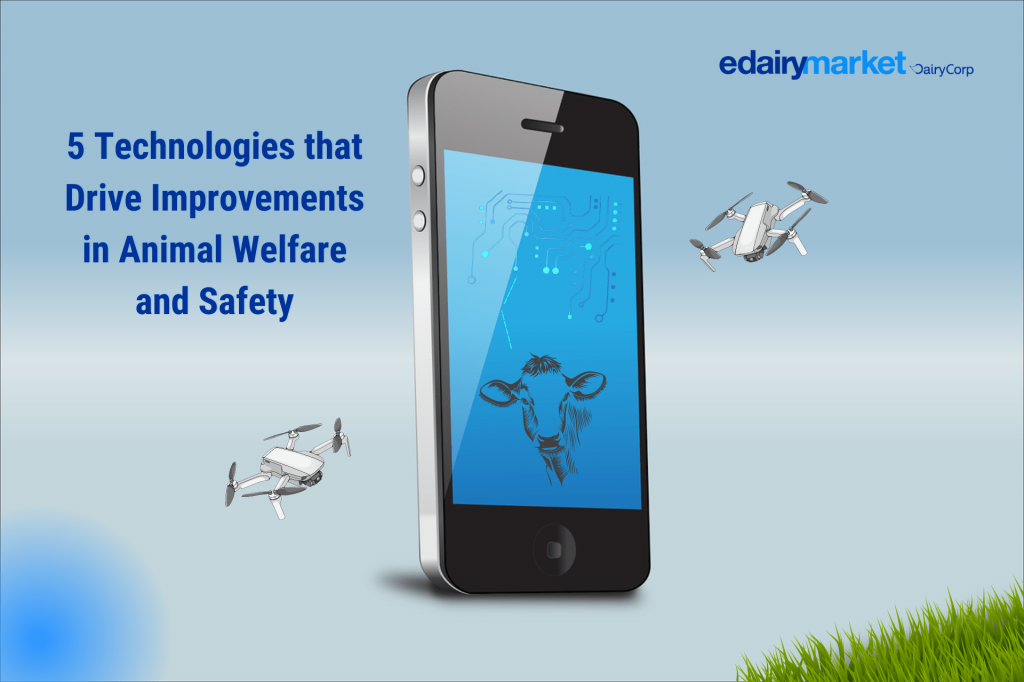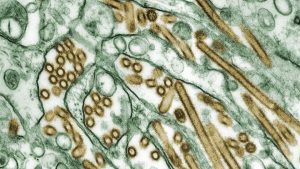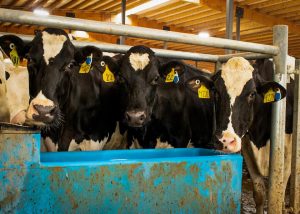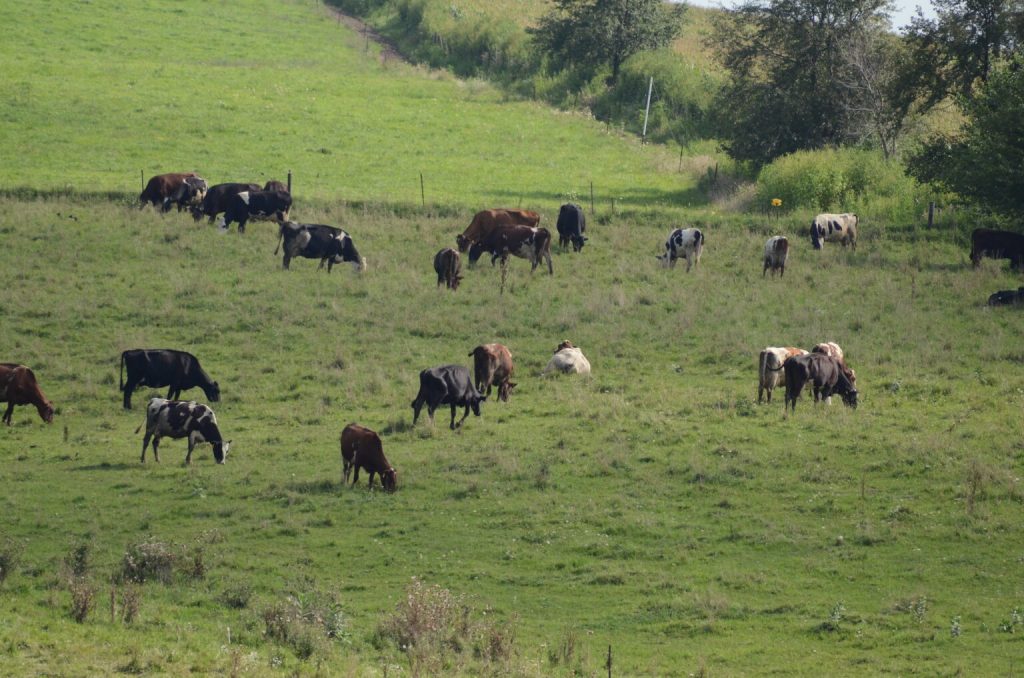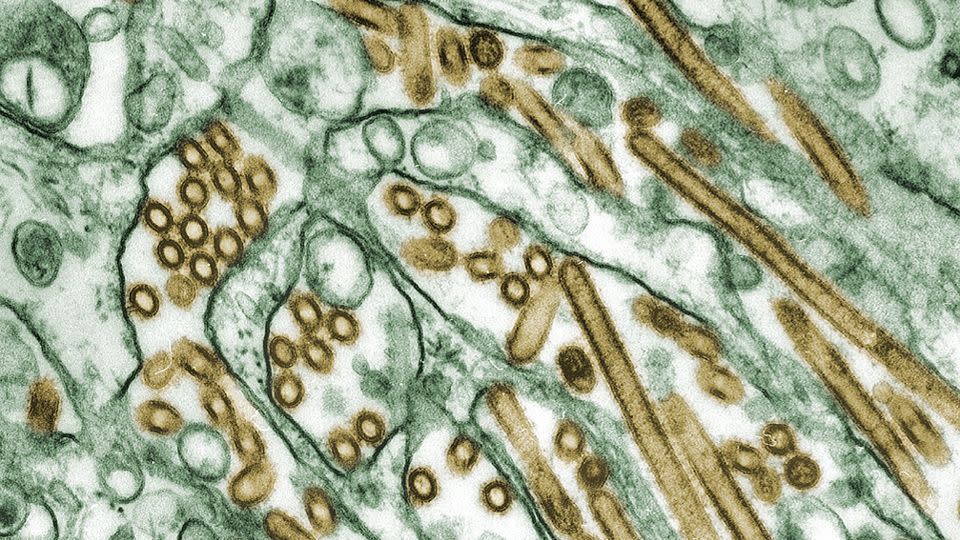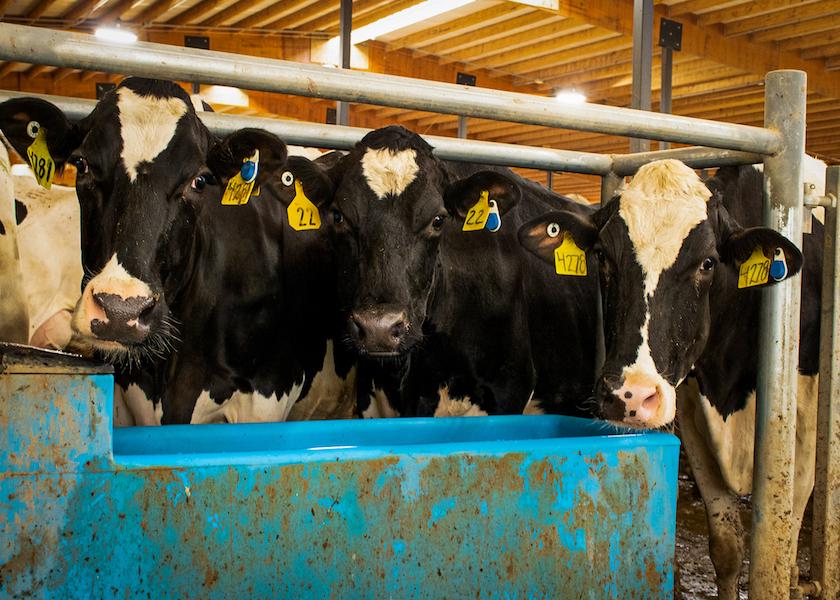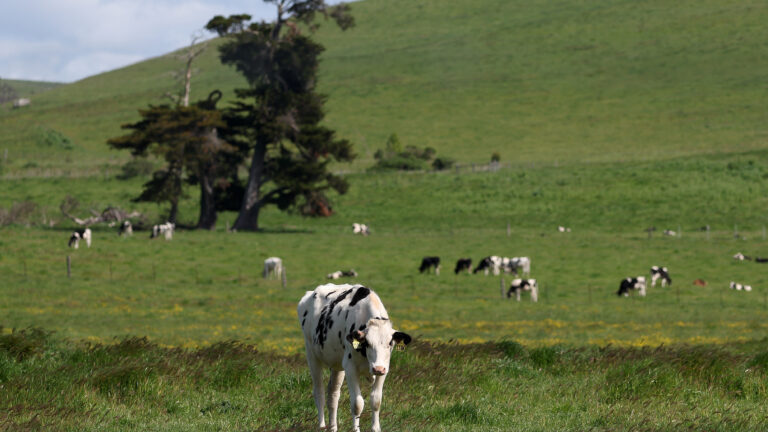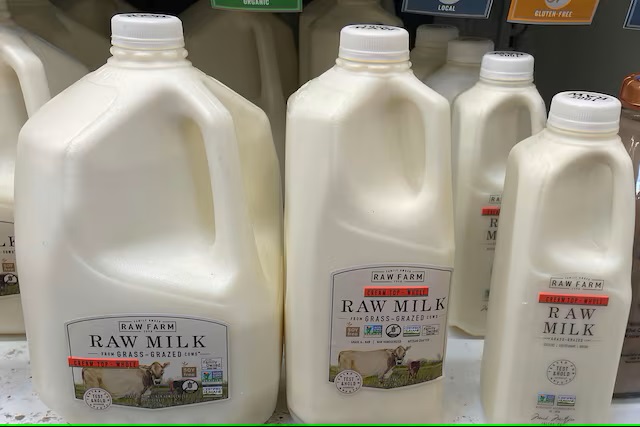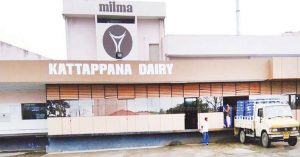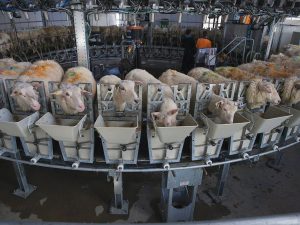Today eDairy Market tells you about some technologies that have been emerging for a couple of years, and that are key when it comes to optimizing a dairy farm.
The health and safety of both animals and workers are of paramount importance on any farm. The same can be said for the manufacturers who are developing and building the equipment being used. In recent years, we have made great strides in terms of the technologies that are being used in animal agriculture. We have been able to witness these transformations in productivity, efficiency and, perhaps most importantly, safety. Before you might have spent days doing a single task, now with the help of these artificial creations, tasks can be completed faster, and in one day you might be able to finish more activities.
Without further ado, here are 5 technologies that can help you optimize your dairy farm:
1. REMOTE MONITORING TECHNOLOGIES:
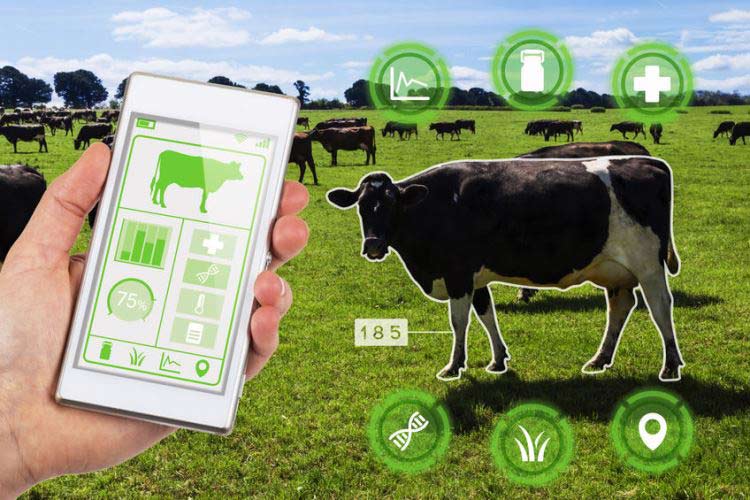
Remote monitoring technologies give farmers more insight into the health and well-being of an animal than ever before. And on top of that insight, it can all be done without coming into physical contact with the animal, which is a workplace safety benefit in and of itself. Farmers can now tell if an animal is possibly becoming sick with the use of technologies like heat detection identification or stomach acid monitors. They can tell if an animal needs more exercise with the use of technology, such as a pedometer. An animal’s weight can be taken with walkover scales, eliminating the need to corral the animal, or come into direct contact. There is even technology that can diagnose cattle or swine pregnancy via remote sensors as well. One technology even monitors a cow’s tail movements to help identify when the animal may be going into labor. This all helps the farmer monitor the health of the animal, enabling them to identify ailments or pregnancies sooner, resulting in better care.
2. AUTOMATED DAIRY INSTALLATIONS:
Automated Dairy Installations are the industry’s solution to what was once a labor-intensive, stressful job. These systems have become so advanced that the cows can now be milked on their own time. Cows have the ability to enter in and out of the parlor as they please, entering a stall and being robotically milked with no human interaction at all. This helps to reduce stress on the cow, as she doesn’t have to hold uncomfortably large levels of milk while waiting for milking time. Milk monitoring sensors that these systems also contain can help monitor the milk quality, as well as check for signs of diseases, like mastitis. It also creates a safer environment for workers, as this eliminates one of the more dangerous jobs on the dairy farm. It does take some time for the cows to become trained. However, once they are, the process can be relatively seamless.
3. PASTURE AND FEEDING TECHNOLOGIES:

In today’s world, people constantly worry about how much food they eat. Meeting certain nutritional requirements, along with not overeating, is key to maintaining proper health. The same can be said with animals. That is why automated feeders play a pivotal role in maintaining an animal’s health and well-being. With automated feeder systems, farmers can now provide cattle, swine, and other types of animals with feeding mixtures and amounts tailored specifically to that animal’s needs. Even if it isn’t done to that small of a scale, and is rather tailored to a herd or group, it is still beneficial due to the fact that it comes closer to the animal’s needs given the alternative. Farmers even have the ability to take their pastures into account with this as well. Pasture monitoring technologies help farmers identify how much extra feed will be needed based off what’s available in their pastures.
4. AUTOMATED CLEANING SYSTEMS:
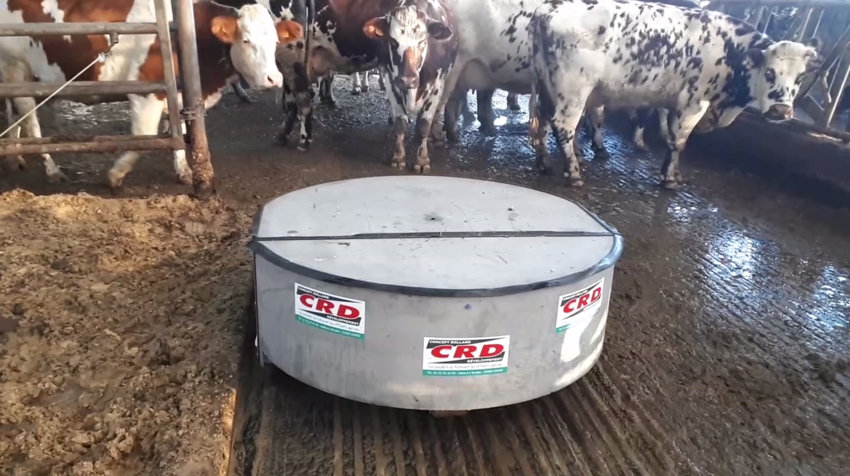
The most universal technology used, no matter the animal, is automated cleaning systems. These systems help to remove waste and runoff from animal enclosures, whether it be a pen or stall, and move it to a pile that can then be easily moved using machinery. The benefits of this technology are pretty clear. Removing waste helps reduce disease and creates a cleaner environment for the animal. It also benefits the farmer by limiting their interaction with the waste as well.
5. HERD MANAGEMENT SYSTEMS:

Herd management systems allow farmers to keep cows fresh and healthy. These systems allow farmers to maximize milk production without ever pushing the cow too far. It provides a less invasive way for keeping track of cows, eliminating the need for branding/tagging. Herd management is also a way for farmers to ensure that a number of best practices are being utilized while taking care of their cows, and it helps to keep the workers accountable to following those practices. These management technologies help farmers to ensure safer, more healthy pregnancies for their cattle, with some techniques reducing stillborn rates by almost 6%. Herd management systems are one of the easiest, most cost-effective ways to improve animal health while also ensuring a safe workplace.
Do you have any of these current technologies?
✅ At eDairy Market we have all the dairy categories, all the products and all the companies. We represent you.
✅ Power your business through eDairy Market:
- Your microsite with products, brand and domain of your company at a minimum cost.
- You will be able to sell your products and we do not charge you commission per sale.
- Now you can sell your Products, Ingredients and Dairy Machinery in English, Spanish, Portuguese and Mandarin Chinese.
✅ Create your own online store in a super easy way:

